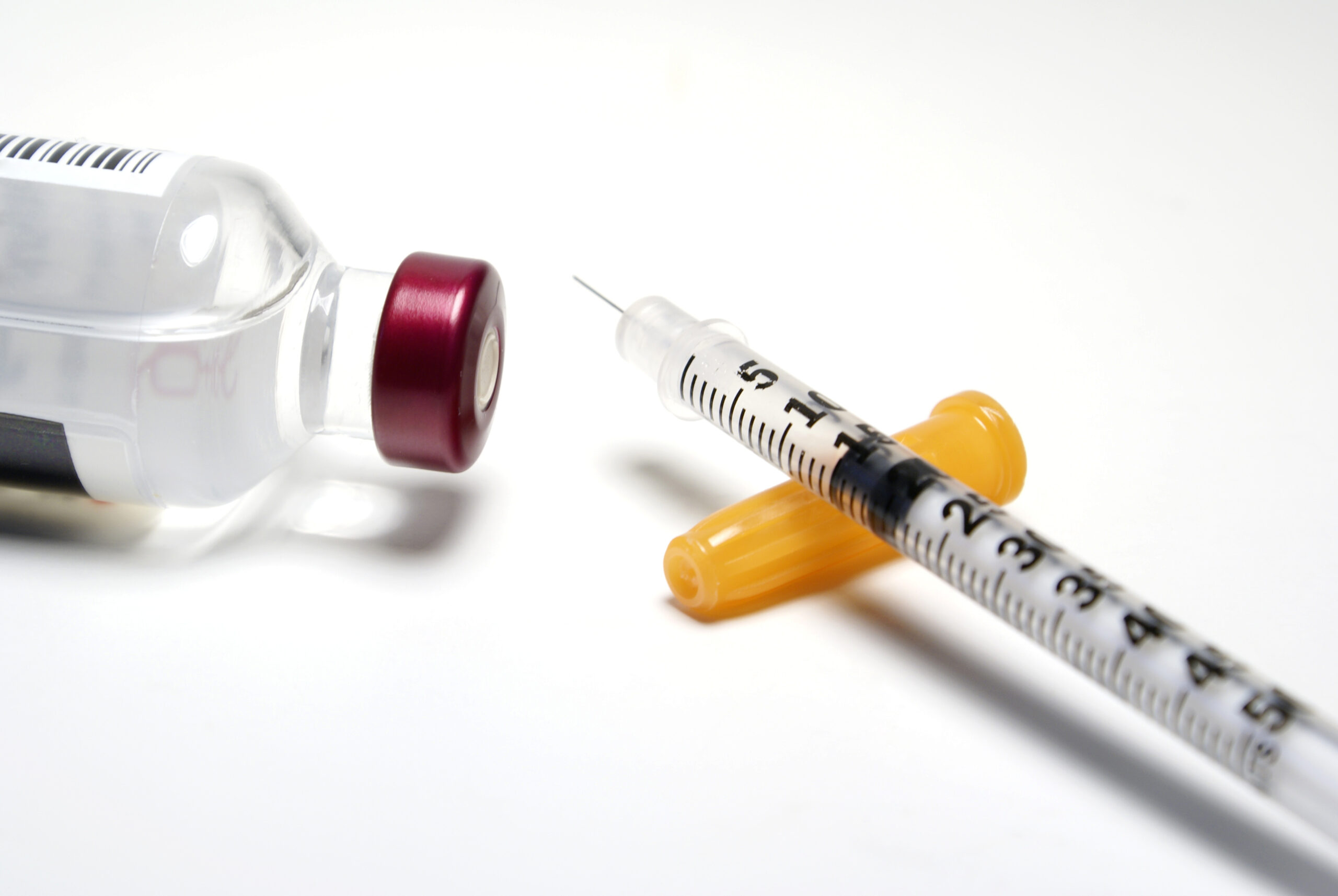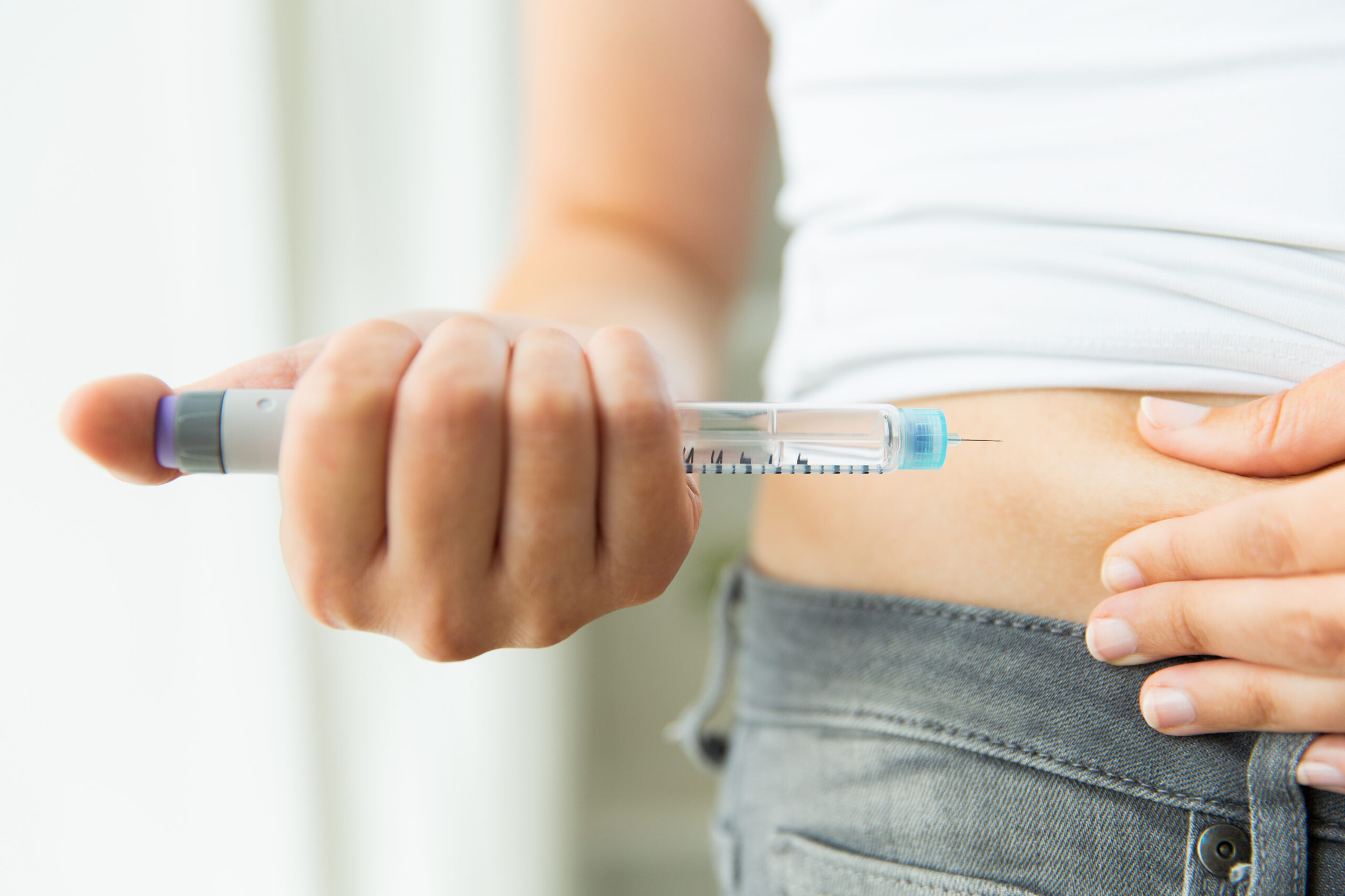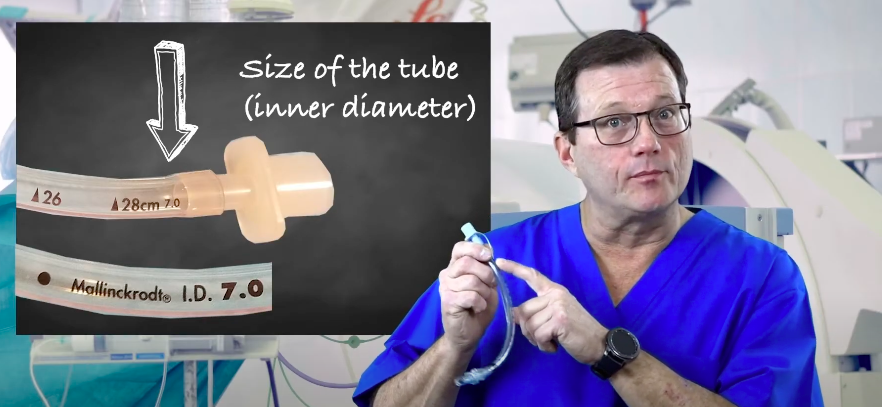Insulin Onset, Peak, and Duration
ACLS Certification Association videos have been peer-reviewed for medical accuracy by the ACA medical review board.
Article at a Glance
- Insulin’s onset, peak, and duration are different depending on the type of insulin.
- Mealtime insulin is administered before meals, while basal insulin is administered once or twice a day.
- Clinicians will learn more about rapid, short, intermediate, and long-acting insulins.
There are several types of insulin commonly used in hospitals, and providers should be aware of their onsets, peaks, and durations. Insulin is a hormone made by the pancreas that allows the body to use sugar. The green dots represent insulin and the purple dots are sugar.Insulin Pharmacology

The three relevant terms providers must know concerning insulin are onset, peak, and duration.Insulin Onset, Peak, and Duration
Related Video – Understanding Diabetic Ketoacidosis: Fact and Fiction
The most common rapid-acting insulins are lispro and aspart. Lispro’s brand name is Humalog, and aspart’s is Novolog. Rapid-acting insulins end in “-log.” When a provider monitors a patient’s blood sugar, they will order it before meals (a.c.) or every six hours. Rapid-acting insulins, such as the industry-standard Novolog, begin working within 30 minutes of administration, so providers should schedule their dosages accordingly. For example, a provider can’t give a patient a rapid-acting insulin one hour before lunch because their insulin levels would be peaking. Rapid-acting insulin works quickly. It is a mealtime insulin. The metrics for rapid-acting insulin: These numbers are generalizations, and each patient’s responses are different. The peak is the most important factor, and providers should ensure their patient receives food before the insulin reaches its peak. Read: The Respiratory AssessmentRapid-acting Insulin

Short-acting insulin is known as regular insulin, or Novolin R. It’s still in use, but many hospitals have switched to rapid-acting insulin. Short-acting insulin’s onset is within an hour. Some may work within 30 minutes, but all provide results within one hour of administration. The insulin peaks within three hours, and its duration is around eight hours. The metrics for short-acting insulin:Short-acting Insulin
Intermediate-acting insulins, such as NPH, have an onset between one and two hours. They peak around 10 hours but can be anywhere from 8 to 14 hours. Their duration is about 18 hours. The metrics for intermediate-acting insulin:Intermediate-acting Insulin
Related Video – Hs and Ts – Hypo-Hyper Kalemia
Long-acting insulins include Levemir and glargine, otherwise known as Lantus. Clinicians administer long-acting insulins at night to protect patients from overnight hyperglycemia. Basal insulin is long-acting. It keeps blood glucose levels stable during periods of fasting, such as overnight. Both Levemir and Lantus have an onset of 1–2 hours. However, Levemir peaks around eight hours, and the peak is flattened. Lantus does not peak. The duration for both is around 24 hours. The metrics for long-acting insulin: Providers need to remember the different types of insulin: rapid-acting, short-acting, intermediate-acting, and long-acting. They all have different onset, peaks, and durations, and it is paramount to understand the different peaks.Long-acting Insulin

More Free Resources to Keep You at Your Best
Editorial Note
ACLS Certification Association (ACA) uses only high-quality medical resources and peer-reviewed studies to support the facts within our articles. Explore our editorial process to learn how our content reflects clinical accuracy and the latest best practices in medicine. As an ACA Authorized Training Center, all content is reviewed for medical accuracy by the ACA Medical Review Board.

